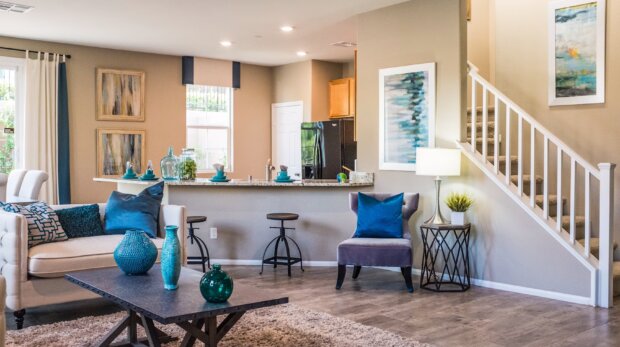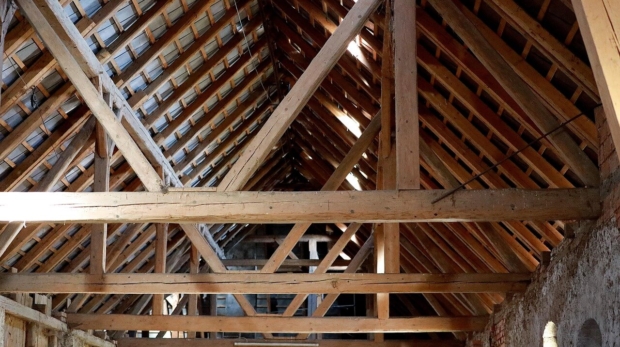Why Asking for Help is the First Step to Overcoming Addiction
Addiction often thrives in silence. Many people who struggle with substance use find themselves trapped between guilt and fear, uncertain of where to begin or how to admit they need help. The idea of asking for support can feel intimidating, yet it i ...










